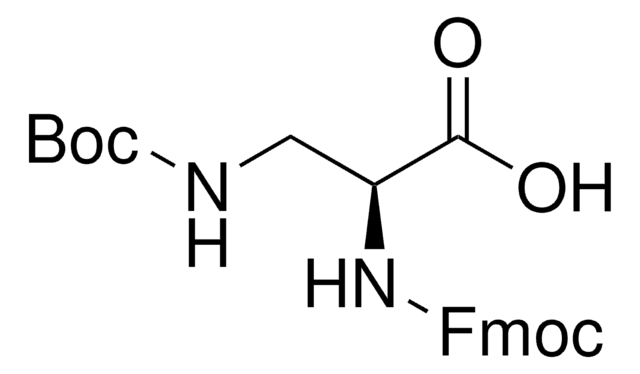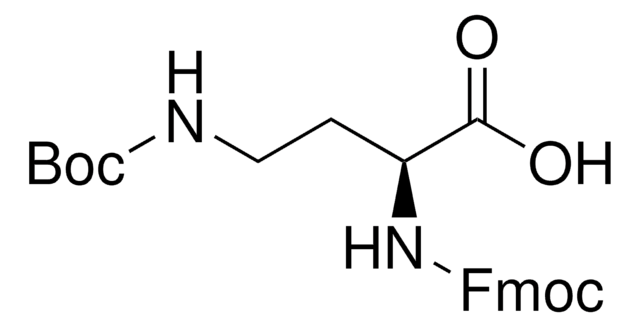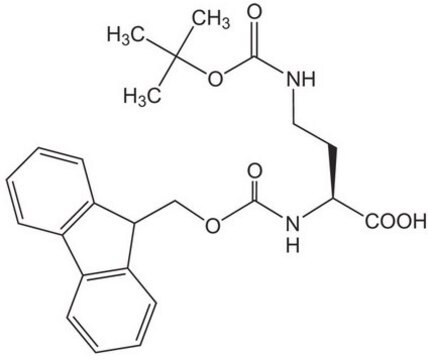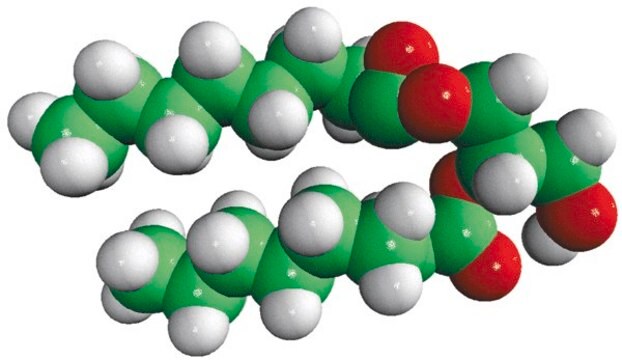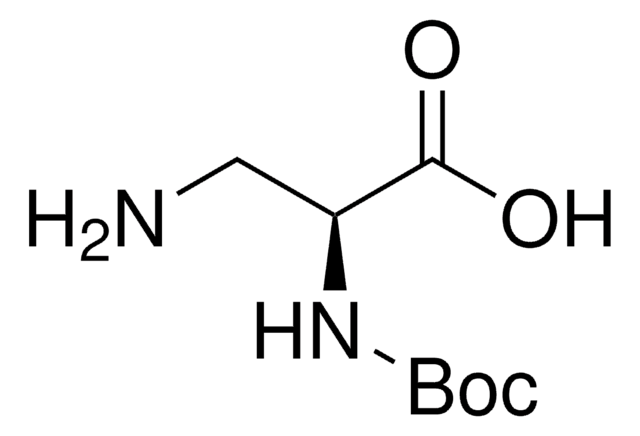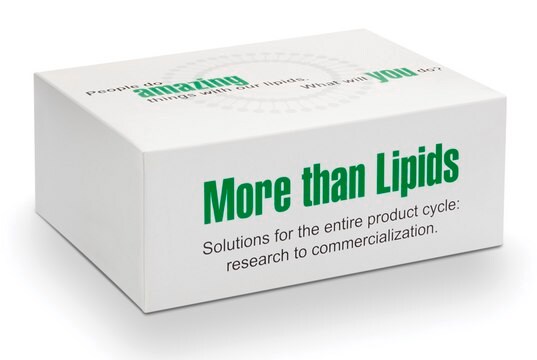800810P
Avanti
10:0 DG
1,2-didecanoyl-sn-glycerol, powder
Synonym(s):
DG(10:0/10:0/0:0)
About This Item
Recommended Products
Assay
>99% (TLC)
form
powder
packaging
pkg of 1 × 10 mg (with screw cap (800810P-10mg))
manufacturer/tradename
Avanti Research™ - A Croda Brand 800810P
lipid type
neutral lipids
neutral glycerides
shipped in
dry ice
storage temp.
−20°C
SMILES string
O([C@H](COC(=O)CCCCCCCCC)CO)C(=O)CCCCCCCCC
InChI
1S/C23H44O5/c1-3-5-7-9-11-13-15-17-22(25)27-20-21(19-24)28-23(26)18-16-14-12-10-8-6-4-2/h21,24H,3-20H2,1-2H3/t21-/m0/s1
InChI key
GNSDEDOVXZDMKM-NRFANRHFSA-N
General description
Diacylglycerol mimicks the effects of the tumor-promoting compounds phorbol esters.
Application
Packaging
Storage and Stability
Other Notes
Dry samples of diacylglycerol in chloroform, using a stream of nitrogen. Dissolve the residue in an appropriate volume of ethanol or DMSO, then dilute to the desired aqueous medium.
Most biological responses saturate at 20 to 250 μM sn-1,2-dioctanoylglycerol. Only sn-1,2 isomers appear to be active.
Legal Information
Storage Class Code
11 - Combustible Solids
Choose from one of the most recent versions:
Certificates of Analysis (COA)
Sorry, we don't have COAs for this product available online at this time.
If you need assistance, please contact Customer Support.
Already Own This Product?
Find documentation for the products that you have recently purchased in the Document Library.
Our team of scientists has experience in all areas of research including Life Science, Material Science, Chemical Synthesis, Chromatography, Analytical and many others.
Contact Technical Service


